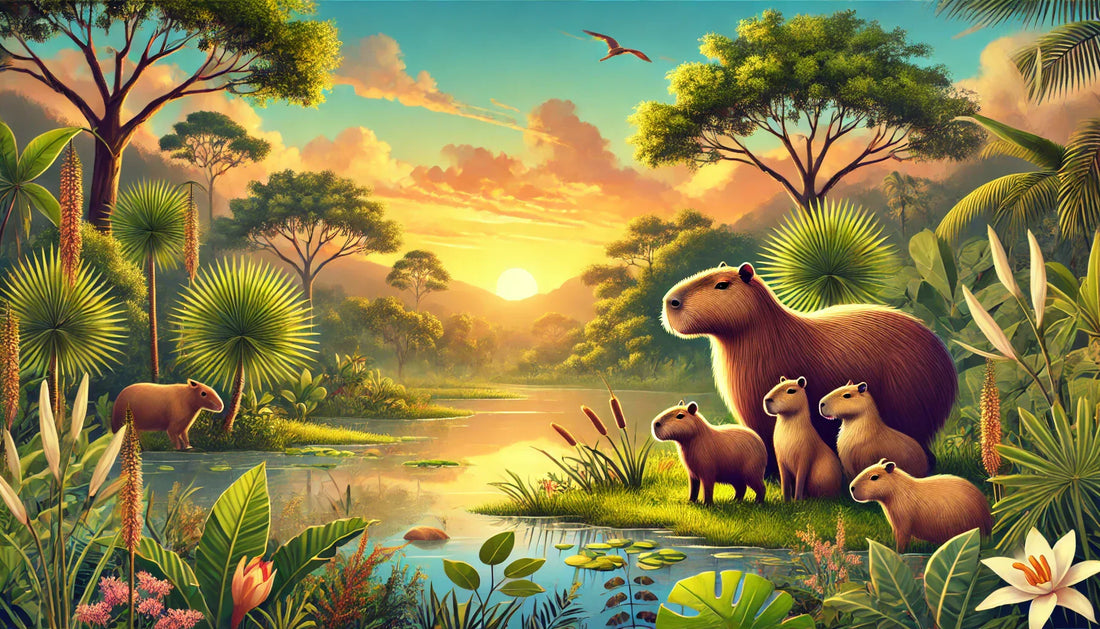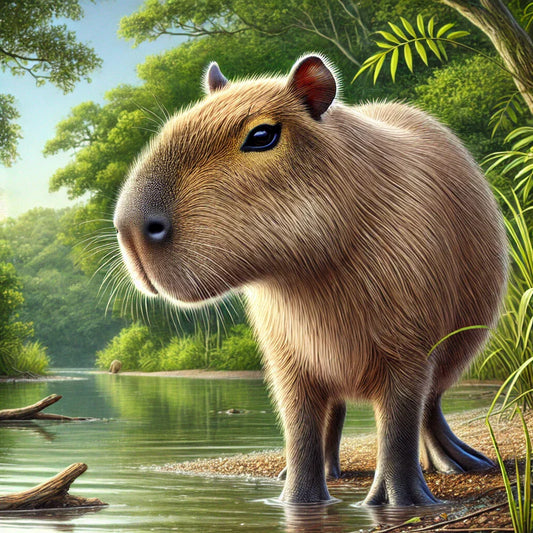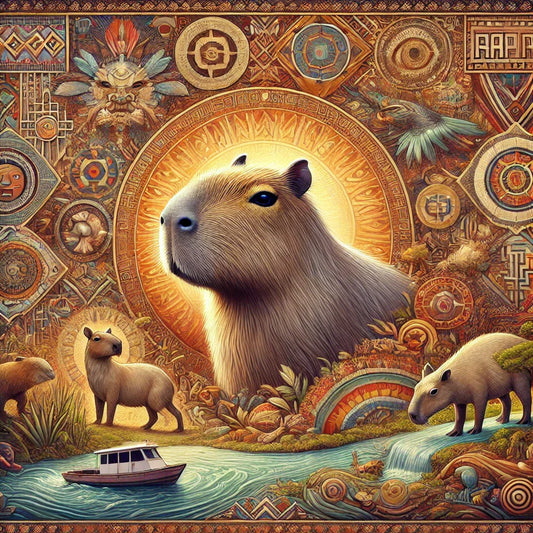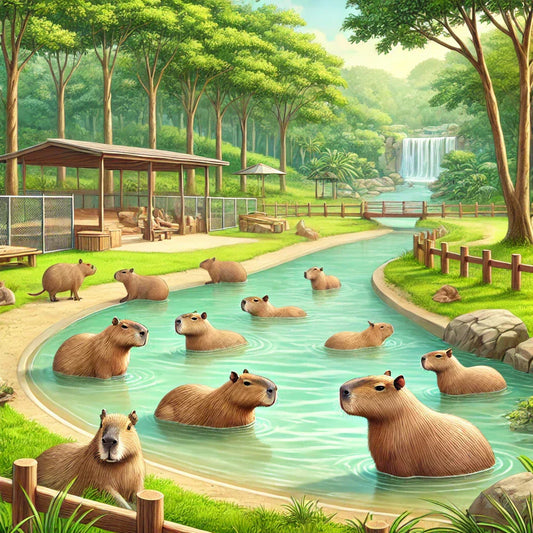
Capybara Conservation Status: Protecting These Unique Creatures
Share
The capybara, the world's largest rodent, is a fascinating and social animal found in South America. While they are not currently endangered, conservation efforts are crucial in ensuring their continued survival in the wild. Capybaras face threats from habitat destruction, poaching, and climate change. Understanding their conservation status helps raise awareness about protecting these gentle creatures and preserving their ecosystems
Buy Now
The Current Conservation Status of Capybaras
Capybaras are classified as "Least Concern" by the International Union for Conservation of Nature (IUCN). However, this does not mean they are entirely safe from threats. Their populations are stable in some regions but declining in areas where habitat loss and hunting have increased.
Threats to Capybara Populations
- Habitat Destruction – Deforestation and wetland drainage for agriculture and urban development reduce capybara habitats.
- Hunting and Poaching – In some areas, capybaras are hunted for their meat, skin, and even as pets.
- Climate Change – Rising temperatures and altered rainfall patterns affect their wetland habitats.
- Human-Wildlife Conflict – Farmers often see capybaras as pests, leading to conflicts that threaten their survival.
Conservation Efforts to Protect Capybaras
- Wildlife Reserves and Protected Areas – Establishing conservation areas where capybaras can thrive undisturbed.
- Sustainable Land Management – Encouraging eco-friendly farming and reforestation projects.
- Legislation Against Poaching – Enforcing strict anti-poaching laws to prevent illegal hunting.
- Educational Campaigns – Spreading awareness about capybara conservation through schools and wildlife organizations.
- Ecotourism Initiatives – Promoting responsible tourism that helps fund conservation efforts.
How You Can Help Protect Capybaras
- Support conservation organizations working to protect capybaras and their habitats.
- Purchase sustainable wildlife art that promotes awareness of endangered species.
- Spread knowledge about capybaras and their ecological importance.
By taking action today, we can ensure that capybaras continue to roam freely in their natural habitats for generations to come.
Keywords: capybara conservation, protect capybaras, capybara habitat, capybara facts, capybara protection, capybara wildlife, endangered capybara, capybara environment, capybara awareness, capybara hunting, capybara threats, capybara extinction risk, capybara nature, capybara preservation, wildlife conservation, capybara ecosystem, capybara population, capybara poaching, capybara wetland, capybara rescue












